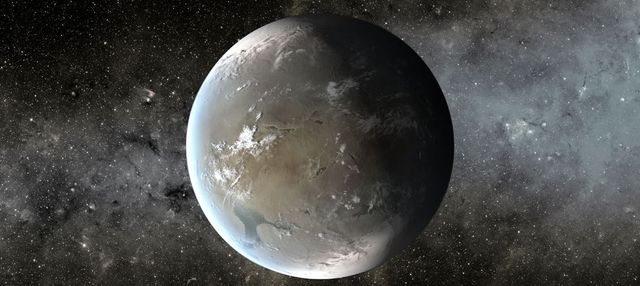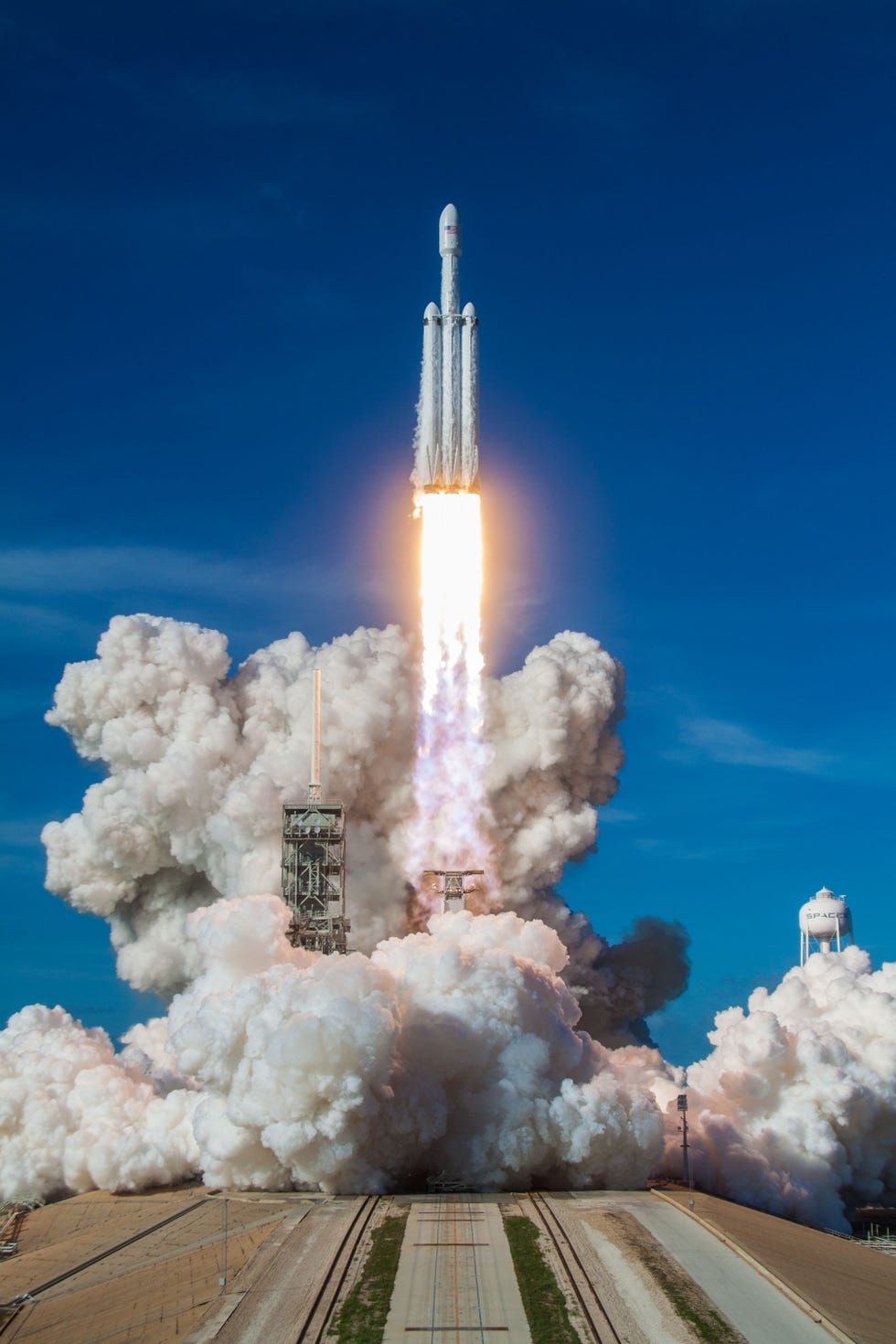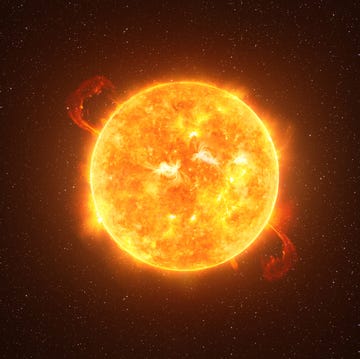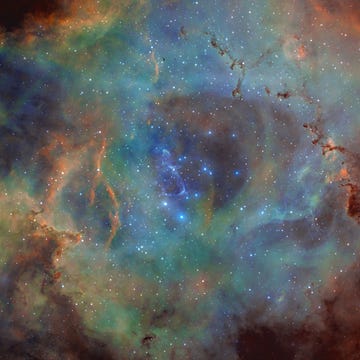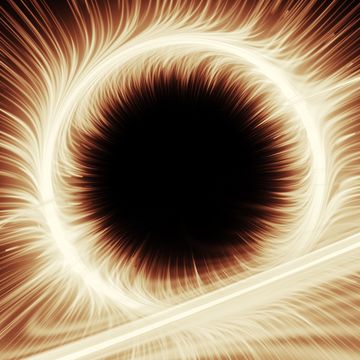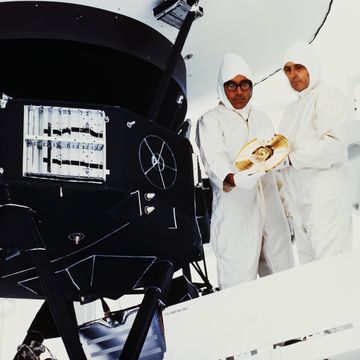The search for planets orbiting other stars has revealed that worlds like Earth are rather rare. Rocky planets that are about 1.5 times the radius of Earth, or Super-Earths, are much more common—so astronomers eagerly look to these Super-Earths for signs of any life clinging to the rocks.
If life on a Super-Earth managed to evolve to a technological civilization comparable to humans, astronomers here on Earth might detect signals from spacecraft orbiting the distant planet. However, a new paper submitted to the International Journal of Astrobiology suggests that any intelligent civilizations on Super-Earths would have trouble blasting off. Gravity, it turns out, is a serious downer.
"Many rocky exoplanets are heavier and larger than the Earth, and have higher surface gravity," reads the paper, authored by Michael Hippke, a citizen scientist with the Sonneberg Observatory in Germany. "This makes space-flight on these worlds very challenging, because the required fuel mass for a given payload is an exponential function of planetary surface gravity."
On planets that approach twice the radius of Earth, the mass can be about 10 times that of our home world, and the gravitational pull can be more than twice as strong—depending on the composition of the planet. This extra gravity might actually be good for the formation of life, pulling down gases to "hold a thicker atmosphere, and thus better shielding for life on the surface against harmful cosmic rays," says the paper.
But the high gravity is also a snare, keeping any life on a 10-Earth-mass rocky world trapped below the clouds. To launch just 1 metric ton of payload on Kepler-20b (a Super-Earth about 1.87 times Earth's radius and 9.7 times the mass), a chemical-fuel rocket would need to be about three times the size of the Saturn V, which carried about 45 metric tons off Earth and sent it flying to the moon.
To launch something more useful on Kepler-20b, like the 6.2-metric-ton James Webb Space Telescope, you would need roughly 55,000 metric tons of rocket fuel alone. To launch 45 metric tons, the equivalent of an Apollo moon mission, your rocket would need to be about 400,000 metric tons, or roughly the size of the Great Pyramid of Giza. A pyramid-sized rocket "is probably a realistic limit for chemical rockets regarding cost constraints," notes the paper.
The paper speculates that perhaps intelligent aliens could build launch platforms atop mountains to lift off with less gravity, but on larger planets, mountains actually tend to be smaller, more likely to collapse under their own weight in the strong gravity. (The largest mountains we know of in the solar system are on are relatively small planetary bodies, such as the 22-km Rheasilvia central peak on Vesta or the 21.9-km Olympus Mons on Mars.) Accordingly, any intelligent civilizations on a Super-Earth might need to construct large launch platforms to launch from higher altitudes.
Alternatively, if they can achieve fixed-wing or rotary flight, the Super-Earthlings could fly their rockets up into the skies and launch them from there—a capability we continue to develop on Earth. If the Super-Earth is a water world, as many of them are believed to be, then intelligent aquatic creatures would need to develop something like a ballistic-missile-launching submarine to send rockets to space—another complication for budding Super-Earth civilizations.
"Chemical rocket launches are still plausible for Super-Earths 10 [times the mass of Earth], but become unrealistic for more massive planets," concludes the paper. "On worlds with a surface gravity of [approximately] 10 [times the gravity of Earth], a sizable fraction of the planet would need to be used up as chemical fuel per launch, limiting the total number of flights."
The only recourse for the Super-Earthlings might be nuclear-powered rockets or super-strong composite space elevators that use materials unknown to us on Earth. So, for the time being, as the new TESS space observatory and other telescopes continue to discover possibly habitable worlds beyond the solar system, we might not expect to find any satellites flying in low-Super-Earth orbit.
h/t Space.com

Jay Bennett is the associate editor of PopularMechanics.com. He has also written for Smithsonian, Popular Science and Outside Magazine.
